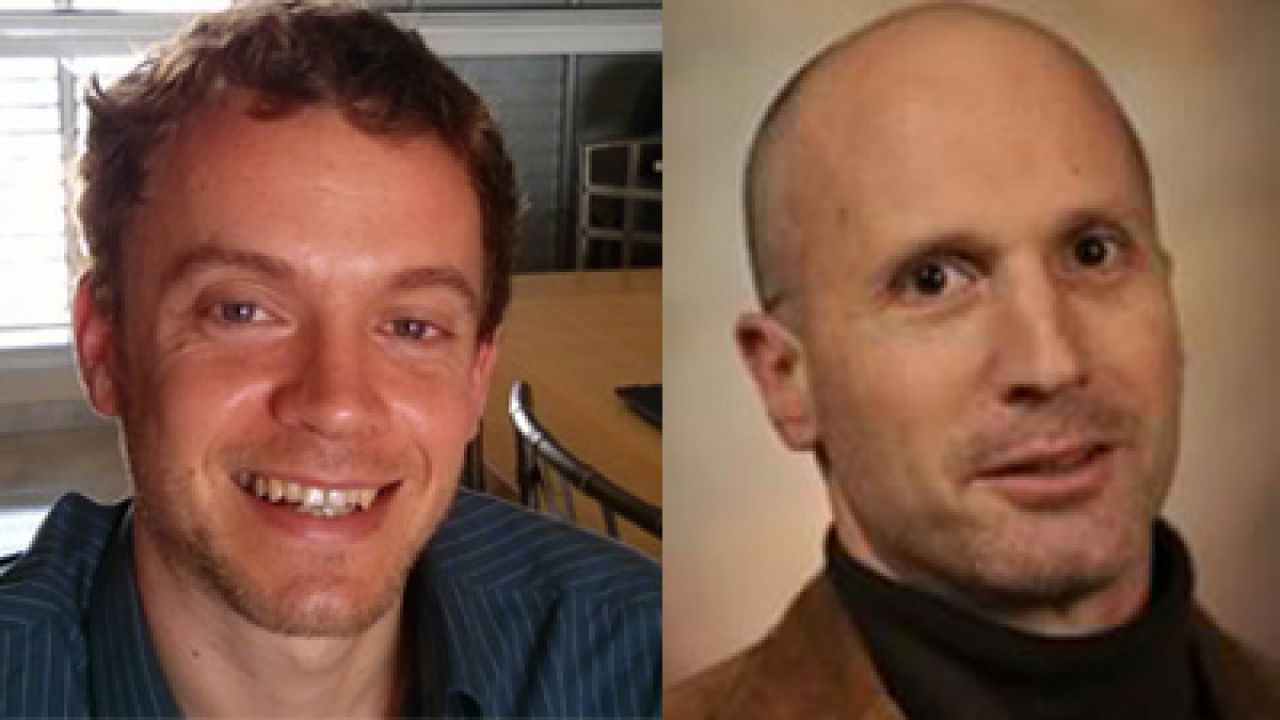January 22, 2016
Study finds Israeli newspapers frame refugees as 'infiltrators'

This blog post is the third in a series highlighting research from the Page Center's Refugee Communication Project and call for research on the refugee crisis occurring across the globe. We are featuring projects from this call in our blog throughout the month of January.
By Noam Tirosh and Amit M. Schejter, Ben Gurion University
A growing number of refugees have entered Israel in recent years. However, the Israeli government denies these people should be considered refugees and it prevents them from enjoying the relevant protections that would have been awarded had they been recognized, according to international law. In response, the refugees staged large protests between December 2013 and January 2014. Our study analyzes the news-coverage of the protest.
Refugees' struggles are contestations over society’s memory. Refugees tell a story about who they are as well as about how and why they arrived at their host country. They try to shape the hosting society’s memory in a way that will support their demand to be recognized as refugees. Yet, at the same time, other political actors seek to supplant the refugees’ stories with different memory constructions. These memory contestations are mediated over different media. Thus, we analyzed four major Israeli newspapers during the refugees’ protest and explored the mediated memory processes that took place during the protest’s coverage.
We found four active groups of memory agents. Official state actors, one of these groups, suggested that refugees are actually illegal infiltrators looking for job opportunities in prosperous Israel. Defining refugees as infiltrators tells a different story about the refugees’ past and turns them into an existential threat to Israeli society. At the same time, refugees took an active part in this memory debate, while claiming, not surprisingly, that they are refugees running away from a past characterized by suffering and persecution.
Newspapers as well are dominant memory agents, taking an active part in the memory debate about refugees. For example, only scarcely did the different newspapers use the term “refugees” when describing the protest community. The most popular terms used were “infiltrators” and “migrants.” The refugees’ task to convince the Israeli public in their state of refugee-ness is harder when these are the terms used by the media. In addition, the newspapers were dominant in constructing popular memory perspectives as they mediate other memory agents’ perspectives.
One newspaper, for example, defined Nazer, a refugee, as an “immigrant from Sudan,” before quoting him saying: “I’m here because I’m a refugee”. Thus, introducing refugees as migrants or infiltrators before giving them voice undermines their messages. Lastly, the newspapers “echoed” the official state actors’ narrative by highlighting the sense of existential threat supposedly created by the refugees. One newspaper, on its front page, for example, wrote that the “infiltrators occupied Rabin Square,” beside a large photo of protesting refugees.
As such, the newspapers are dominant memory agents and they have the power to suppress the refugees’ memory perspectives. As it is a memory contestation dependent on communication technologies, we need to better evaluate the role of traditional media in the refugees’ debate. Indeed, due to the inherent power of traditional media, refugees and refugees’ rights advocates, should shift their focus into the new media ecosystem which grants users the ability to transfer messages to mass audiences without being mediated by traditional media outlets. In this eco-system, refugees can, potentially, tell their story more easily.
